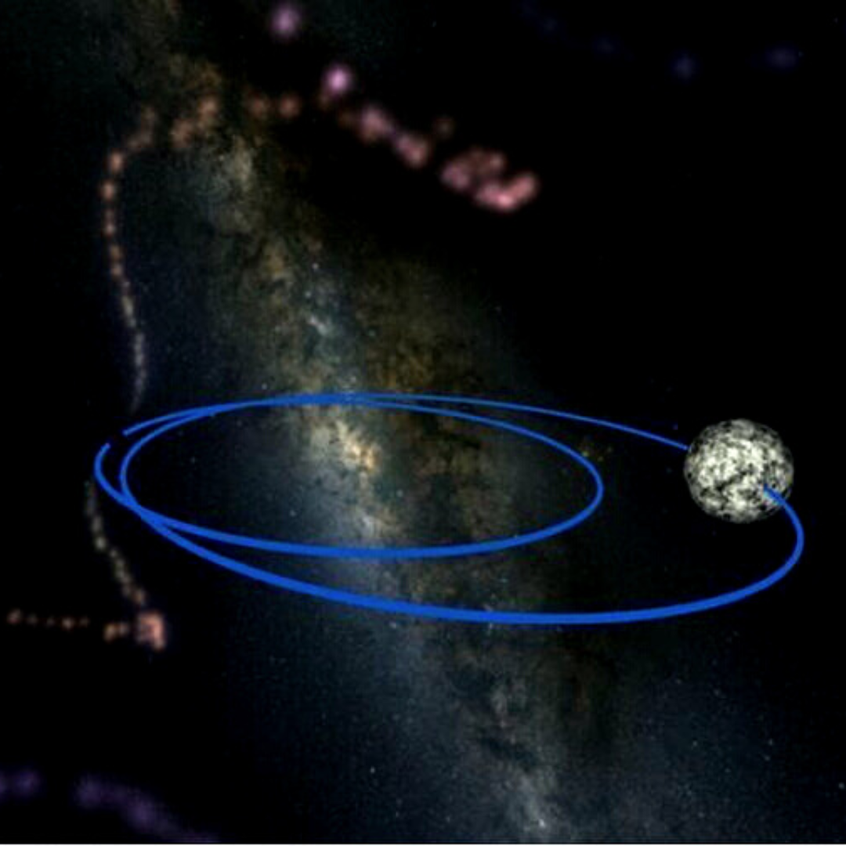Virtual reality in astronomy education
Virtual reality (VR) technologies have the potential to profoundly transform how we approach astronomy education. Imagine diving into new forms of visual representations, fully engaging our senses, and participating in an embodied way amidst the stars.
There has been much interest in studying how students can benefit from VR in astronomy. But what about the perspectives of those who design these experiences, the educators, and outreach professionals? That's where our new study comes in.
We shifted the lens to focus on the needs and insights of education and public outreach (EPO) professionals. Collaborating with the talented EPO team from the Australian Research Council Centre of Excellence for Gravitational Wave Discovery (OzGrav), we initiated a dialogue, framing it as an act of reflective practice.
The takeaways from our conversations between researchers and practitioners? VR in astronomy isn’t just about being immersed in stunning visuals (although that's undoubtedly a plus!). Our design principles revolve around:
Immersion: Technology anchors a participant's attention and sense of presence in the virtual experience.
Visualisation: New forms of visual representations free participants from the limitations of reality.
Facilitation: Educators and scientists guide participants towards meaningful VR experiences.
Collaboration: There are opportunities for social interaction and engagement between participants within and across virtual spaces.
Take a look at our paper (it's open access!) to learn more about the new learning contexts and opportunities of VR in astronomy education:
Kersting, M., Bondell, J., Steier, R., & Myers, M. (2023). Virtual reality in astronomy education: Reflecting on design principles through a dialogue between researchers and practitioners. International Journal of Science Education, Part B, 1–20. https://doi.org/10.1080/21548455.2023.2238871
